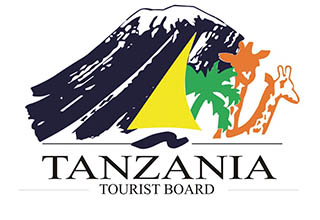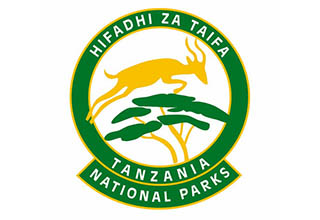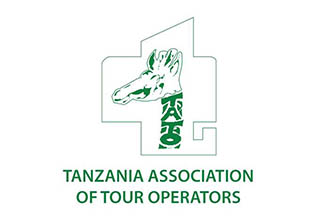Mount Kilimanjaro is one of the largest stratovolcanoes in the world. This is the world’s highest free standing, snow-covered equatorial mountain. It is also known as a composite volcano comprising numerous layers of lava, tephra and volcanic ash. Recent studies suggest the last eruptions on the mountain were between 150,000 and 200,000 years ago. It is unknown where the name Kilimanjaro comes from, but several theories are in existence. Reportedly the name was adopted by 1860 and that it’s a Swahili name, that Kilimanjaro breaks Kilima (“hill, little mountain”) and Njaro, whose supposed origin varies according to the theories.
Kilimanjaro trekking
Kilimanjaro, with its three volcanic cones of Kibo, Mawenzi, and Shira is an inactive stratovolcano in north-eastern Tanzania rising 4,600m from its base and is additionally the highest peak in Africa at 5,892m. While the volcano appears to be dormant on the inside, events on top of the mountain draw global attention. Its three summits of Shira, Kibo and Mawenzi are all of very recent origin. Much as the volcano stands alone, it is a part of an east-west belt of volcanoes stretching over Northern Tanzania.
Formation of Kilimanjaro
Mount Kilimanjaro is in the shape of a mountainous volcano; it is formed by material being thrown up by the volcano vent, which then piles around the vent in the shape of a cone. Mount Kilimanjaro is made up of tephra, i.e. it has a cinder cone. They are made up of blobs of congealed lava and particles. When the mountain erupted millions of years ago, the gas-charged lava would be blown violently into the air, then breaking into smaller fragments which would solidify and fall as cinders. This left Mount Kilimanjaro with a bowl-shaped crater. It is not uncommon for a stratovolcano such as Mount Kilimanjaro to have experienced explosive eruptions. The lava from the mountain is viscous so it cools down before it spreads very far. The lava’s viscosity also helps explain why Mount Kilimanjaro has relatively small crater formations. The rock on the mountain is felsic and thus has high levels of silica, especially tephratic silicate.
Volcanic conditions
Mount Kilimanjaro is in the shape of a mountainous volcano; it is formed by material being thrown up by the volcano vent, which then piles around the vent in the shape of a cone. Mount Kilimanjaro is made up of tephra, i.e. it has a cinder cone. They are made up of blobs of congealed lava and particles. While it is inactive, Kilimanjaro has fumaroles that emit gas in the crater on the main summit of Kibo. Several collapses and landslides have occurred on Kibo in the past, one creating the area known as the Western Breach. Scientists concluded in 2003 that molten magma is just 400m below the summit crater.
The volcano is the highest in Africa and covers an area of 388,500 ha. Although the volcano stands alone, it is a part of an east-west belt of volcanoes stretching over Northern Tanzania. It has three main concentric cones to the southeast in the mountain, but also has smaller parasitic cones. Also known as a satellite cone, the main vent is blocked by cooled solidified lava, and the lava is then forced out through the sides of a volcano under immense pressure. To the west side of the mountain is the peak Shira (3,962 m or 12,999 ft), of which only the southern and western rims remain.
The most recent summit is Kibo (5,891.8 m of 19,330 ft) which was last active during the Pleistocene. There are still even fumaroles. Even though there haven’t been eruptions for millions of years, there are openings near Kobe in the Earth’s crust which emits steam and gases.
Mount Kilimanjaro Vegetation
Kilimanjaro has a large variety of forest types over an altitudinal range of 3,000 m containing over 1,200 vascular plant species. And as a result,the mountain has unique vegetation for instance the water holding cabbage in the tussock grassland and other plants like this all adapted to living in alpine conditions. Montane Ocotea forests occur on the wet southern slope. Cassipourea and Juniperus forests grow on the dry northern slope. Subalpine Erica forests at 4,100 m represent the highest elevation cloud forests in Africa. However, forest relicts in the deepest valleys of the cultivated lower areas suggest that a rich forest flora inhabited Mt Kilimanjaro in the past, with restricted-range species otherwise only known from the Eastern Arc Mountains. There is a low degree of endemism on Kilimanjaro a result from destruction of lower altitude forest.
The highest point on the mountain is the southern rim of the outer crater. Moreover, between Kibo and Mawenzi is the Saddle, in which it contains high altitude tundra. This type of vegetation forms at high levels of altitude because tree growth is hindered by low temperatures and short growing seasons. There is a wide range of vegetation despite being at high altitude such as dwarf shrubs, grasses, mosses and lichens.














